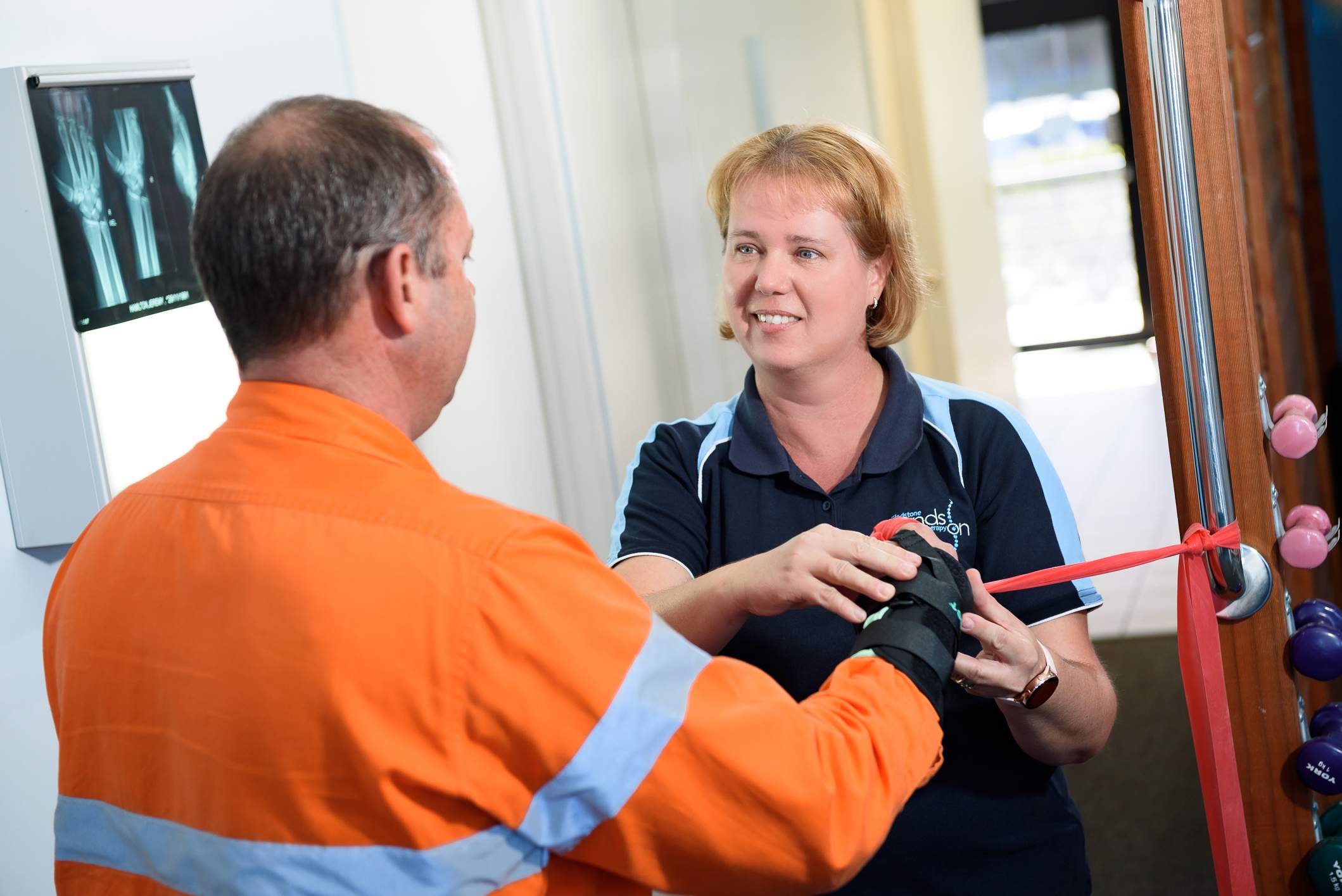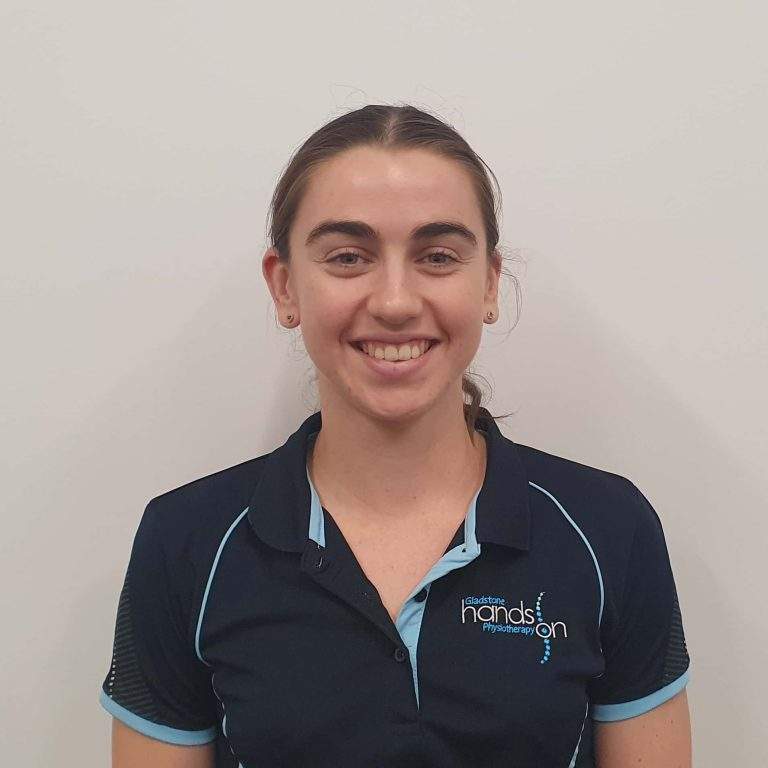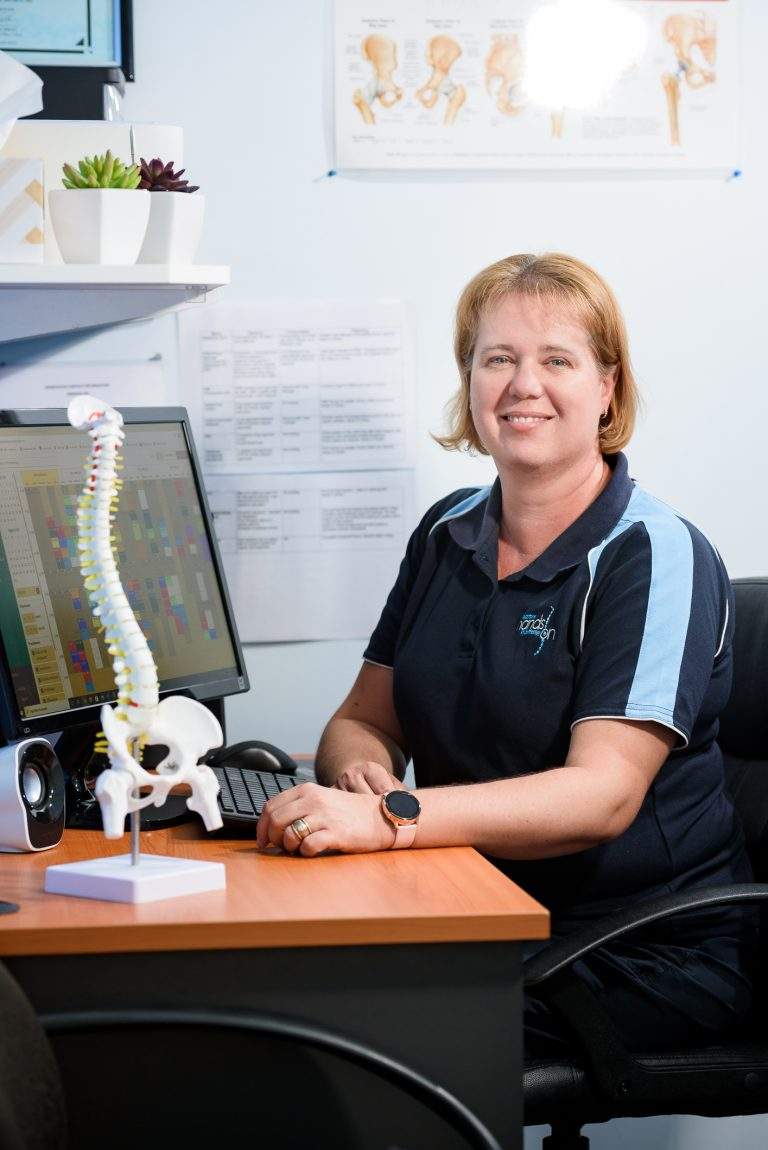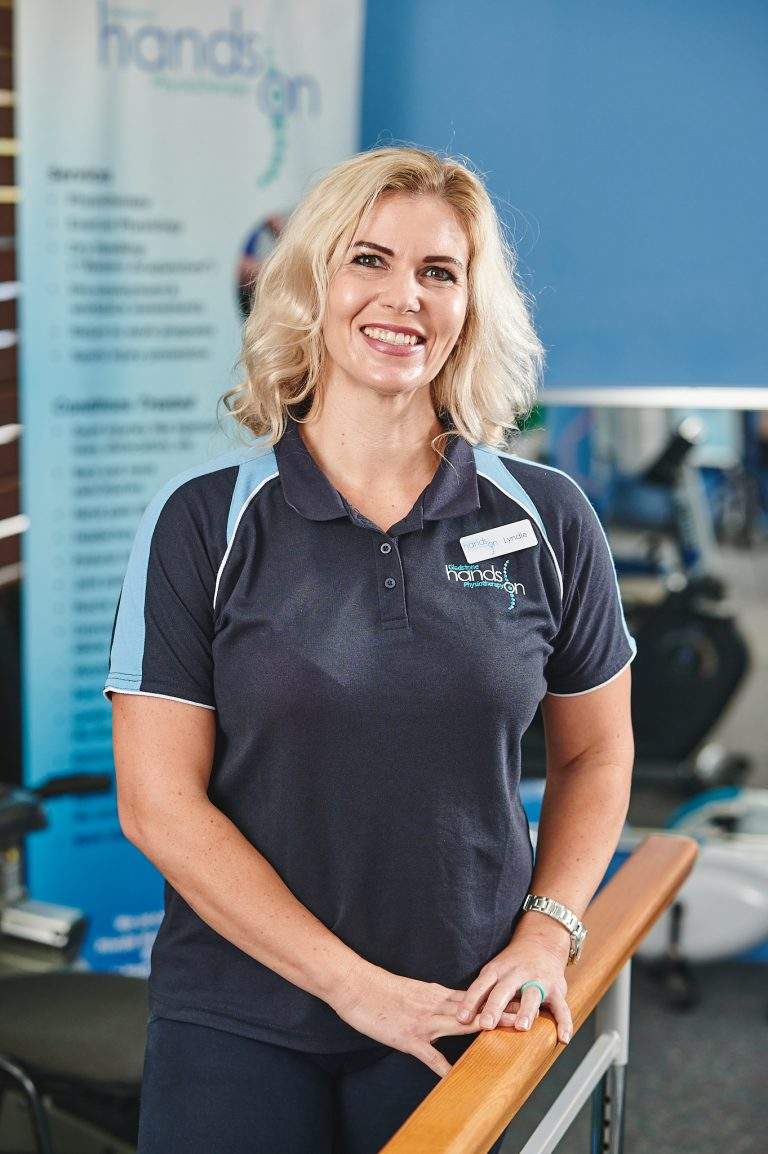You might be referred to physiotherapy after sustaining a fracture. Fractures can be fixated either externally with a cast or with internal fixation which requires surgery.

You might be referred to physiotherapy after sustaining a fracture. Fractures can be fixated either externally with a cast or with internal fixation which requires surgery. Once your doctor has cleared you to start with physiotherapy, we will help you to recover your movement in the affected area. The best approach when treating a fracture, is to rehabilitate the client and not only the fracture – to manage the whole client. This means we must immobilise the fracture and importantly, mobilise, or move, all the joints that are not immobilised; prevent muscle weakness or disuse atrophy; use gravity to assist in mobilising a joint; prevent the adoption of incorrect movement patterns; permit early protected weight bearing until satisfactory joint union is achieved; implement an appropriate and effective home exercise program.
Unfortunately, a fracture is not an isolated injury. There is usually other damaged soft tissue and structures accompanying the fracture. Additionally, the use of a method of immobilisation, e.g., a plaster cast will cause joint stiffness and muscle weakness.
Most fractures will heal and solidify in approximately 6-weeks. But there is a lot more to the healing process than just bone union and consolidation. Everything above and below the fracture site will be affected by what needs to be done for healing to occur.
It is vital for non-fractured joints and muscles to be included in the rehabilitation process. For example, a fractured shoulder may result in a very stiff elbow or wrist due to the arm being in a sling for a few weeks. Lower limb fractures are weight-bearing joints, so therefore any small discrepancies in range of motion or strength can have a functional impact on the rest of the body.
The length and number of treatments depends on many factors, including the type of fracture, the severity and location of the injury, as well as the patient’s age and overall health. It generally takes a patient 12 to 16 weeks to be fully discharged for normal activities. However, in some complicated or difficult cases, the process may take longer.
The first physiotherapy consultation includes a full assessment of the injury and discussion of any special instruction from the doctor. Over time treatment generally progresses from gentle, passive range of motion exercises to more active range of motion, and then to strengthening exercises using body weight, weights, elastic bands, balls and other equipment. A very important concept in physiotherapy, is to gradually increase the intensity as the patient heals. This will help the patient achieve their goals. Our aim as physiotherapists, is to make sure the fracture heals quickly and correctly and prevent re-injury. Our mission is to help you get back to doing what you love – whether it is soccer or sewing!
The healing process for a fracture has multiple stages that begins as soon as you break a bone. Firstly, blood rushes to the area to deliver cells that are necessary for your bone to heal. This also acts as protection for the bone.
Approximately a week after your bone breaks, the callus starts to form at the fracture site. Callus is a type of collagen-rich bone tissue that is soft at first but hardens over time.
New bone will start to form and replace the callus when osteoblasts (new bone-forming cells) move in weeks after the break. The new bone continues to develop until it completely replaces the callus.
Eventually, completely new bone tissue will repair the break. This will then be nearly impossible to break in the exact same spot because the bone will be thicker and stronger in that spot than in the surrounding bone.
Most often, physiotherapy will already start during the first six weeks following the injury. Your orthopaedic specialist will also give you guidance as to when to start your rehabilitation. This is important as an attempt to prevent post-fracture stiffness and weakness in the adjacent joints and muscles during the first six weeks while your fracture is healing. After six weeks or later, your physiotherapist will work on regaining full joint range of motion and muscle strength.



